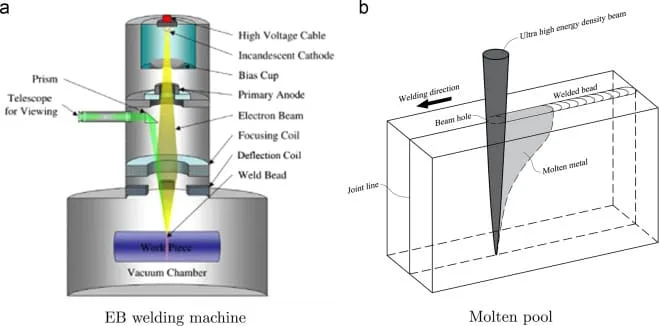What is Cathodic Protection?
Cathodic Protection is a corrosion protection method used to protect metal structures such as pipelines, ships, tanks and offshore platforms/ harbors from corrosion which are under the sea or buried in the ground.
It works by introducing an external electrical current into the structure which decreases the corrosion rate of the metal and helps it last longer.
How does Cathodic Protection work?
The cathodic protection process works by controlling electron flow within a metal structure by making it electrically passive. An external source of electricity is applied to the structure which causes electrons to flow away from it thus reducing its electrical potential.
This creates a negative electrical charge (Cathode) on the surface which counteracts any naturally occurring positive charge (Anode) that can cause corrosion.
Cathodic protection is achieved by:
- Using Sacrificial anode for cathodic protection,
- ICCP or also called Impressed current cathodic protection.
The result is that corrosive elements like oxygen, water, salt, or acids are less likely to cause damage to the metal structure over time.
Sacrificial Anode Cathodic Protection
Sacrificial anode cathodic protection is a most common method used to protect metals from corrosion.
It uses a sacrificial anode, which is typically made of zinc, aluminum or magnesium, that is connected to the metal being protected.
When the sacrificial anode is connected to the metal it corrodes away instead of the metal itself. This process works by transferring electrons from the anode material to the metal being protected, thus preventing oxidation and corrosion of the metal.

As long as there are enough sacrificial anodes in place, cathodic protection can provide effective and permanent protection for any type of metallic structure such as ships, pipelines or storage tanks.

Sacrificial anodes are easy to install and maintain compared with other methods such as coating systems or corrosion inhibitors. They are also relatively inexpensive when compared with other forms of corrosion prevention techniques.
What is Impressed current cathodic protection (ICCP)?
Impressed current cathodic protection (ICCP) is an effective corrosion control method used to protect a wide range of metal structures and equipment.
It has become an increasingly popular choice for protecting ships, offshore platforms, bridges and pipelines in particular due to its high-efficiency and cost-effectiveness.
The ICCP system works by using regulated direct electrical currents supply (Control Panel) that are applied through anodes into the metal structure or equipment being protected.
This creates a protective polarization barrier around the structure or equipment, which prevents corrosion from occurring.
The anodes used with ICCP systems are designed to be highly resistant to corrosion themselves, ensuring they last longer and require less maintenance than other types of cathodic protection systems such as galvanic anodes.
Example of ICCP anode which is commonly used is “MMO/Ti”(Made of titanium substrate (Ti) coated with a metal oxide catalyst or noble metal).





